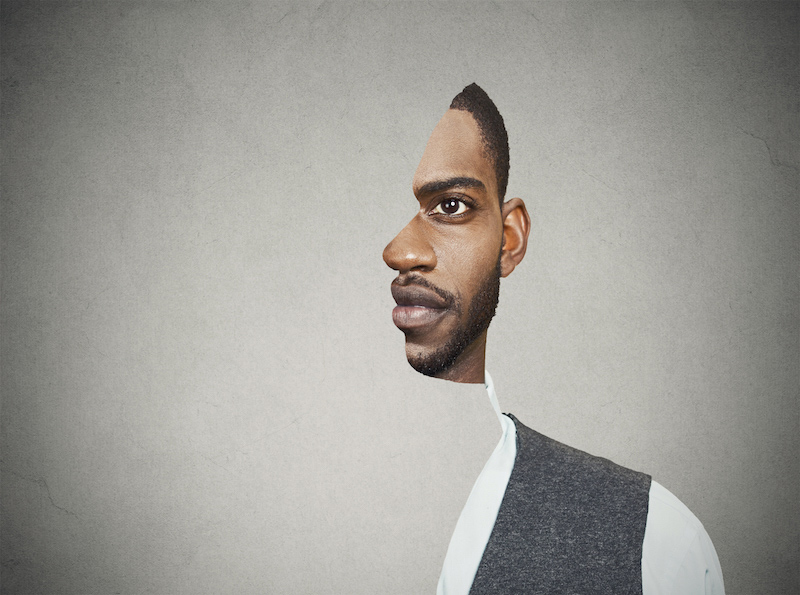
Age-related hearing loss, which affects many adults at some point, tends to be lateral, simply put, it affects both ears to some point. As a result, the public sees hearing loss as a binary — either someone has typical hearing in both ears or reduced hearing on each side, but that dismisses one particular form of hearing loss entirely.
A 1998 research thought that approximately 400,000 kids had a unilateral hearing loss due to injury or disease at the time. It’s safe to say that number has increased in that last two decades. The truth is single-sided hearing loss does happen and it brings with it complications.
What’s Single-Sided Hearing Loss and What Causes It?
As the name implies, single-sided hearing loss indicates a reduction in hearing just in one ear. The hearing loss can be conductive, sensorineural or mixed. In extreme instances, profound deafness is possible.
Causes of unilateral hearing loss vary. It may be caused by injury, for instance, someone standing beside a gun fire on the left may get profound or moderate hearing loss in that ear. A disorder may lead to the issue, as well, such as:
- Acoustic neuroma
- Measles
- Microtia
- Meningitis
- Waardenburg syndrome
- Mumps
- Mastoiditis
No matter the cause, a person who has unilateral hearing must adapt to a different method of processing sound.
Direction of the Sound
The brain utilizes the ears almost like a compass. It identifies the direction of noise based on what ear registers it initially and in the highest volume.
Together with the single-sided hearing loss, the noise will only come in one ear regardless of what direction it comes from. If you have hearing in the left ear, then your mind will turn left to search for the noise even when the person speaking is on the right.
Think for a minute what that would be like. The audio would always enter 1 side regardless of where what direction it comes from. How would you understand where a person speaking to you is standing? Even if the hearing loss is not deep, sound management is catchy.
Honing in on Audio
The brain also employs the ears to filter out background sound. It tells one ear, the one nearest to the sound that you wish to focus on, to listen for a voice. Your other ear manages the background noises. This is precisely why at a noisy restaurant, you can still focus on the conversation at the table.
When you don’t have that tool, the mind gets confused. It is unable to filter out background noises like a fan blowing, so that is all you hear.
The Ability to Multitask
The brain has a lot happening at any one time but having two ears enables it to multitask. That’s why you’re able to sit and examine your social media sites whilst watching Netflix or talking with family. With only one working ear, the brain loses that ability to do one thing when listening. It must prioritize between what you see and what you hear, so you usually lose out on the dialogue taking place without you while you navigate your newsfeed.
The Head Shadow Impact
The mind shadow effect clarifies how certain sounds are unavailable to a person having a unilateral hearing loss. Low tones have long frequencies so they bend enough to wrap round the head and reach the ear. High pitches have shorter wavelengths and do not survive the journey.
If you are standing next to a person having a high pitched voice, you may not understand what they say if you don’t flip so the working ear is facing them. On the flip side, you might hear somebody having a deep voice just fine regardless of what side they’re on because they create longer sound waves that make it to either ear.
Individuals with only slight hearing loss in only one ear have a tendency to accommodate. They learn quickly to turn their mind a certain way to hear a buddy speak, for instance. For those who struggle with single-sided hearing loss, a hearing aid might be work round that yields their lateral hearing to them.
